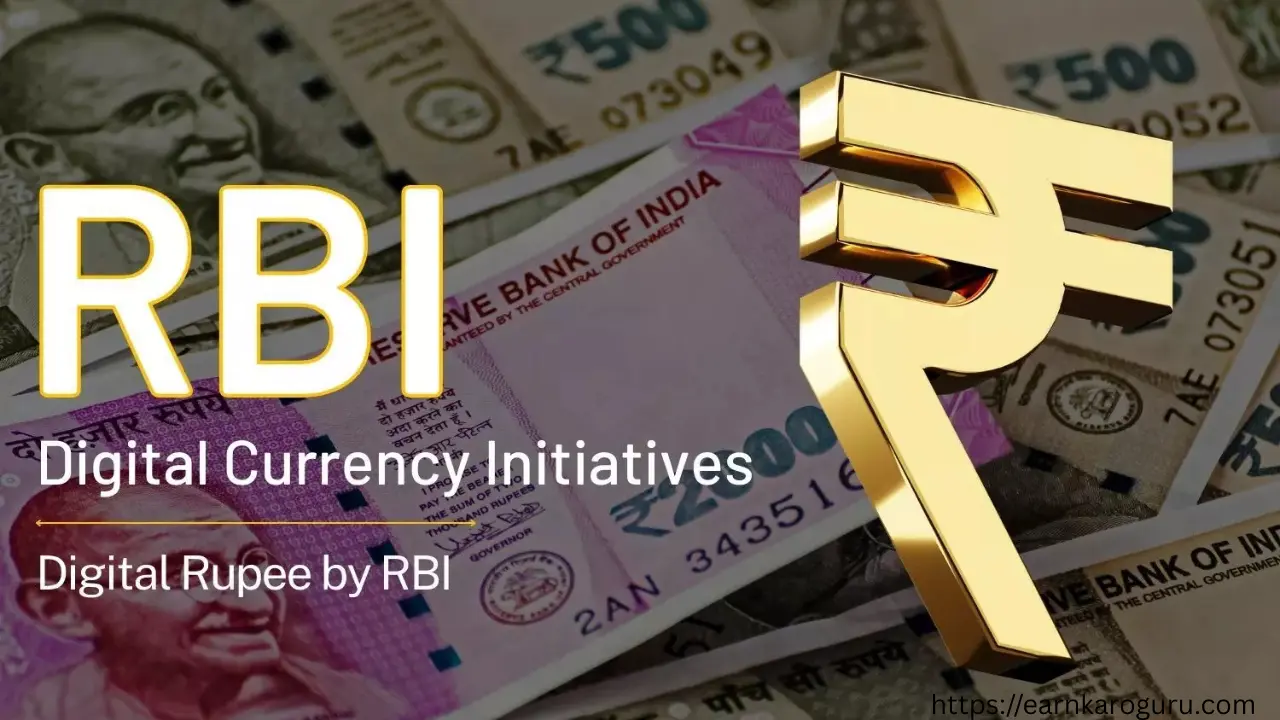Table of Contents
The RBI Digital Currency Impact on UPI is set to revolutionize the digital payment ecosystem in India by 2025. With the rise of the e-Rupee, the Reserve Bank of India aims to enhance transaction security, reduce costs, and improve financial inclusion. This article explores seven powerful benefits of the e-Rupee’s integration with UPI, India’s flagship instant payment system, along with insights on how this synergy can transform the future of digital transactions.
Related keywords such as RBI digital currency impact on UPI, e-Rupee benefits 2025, UPI digital payments India, and digital currency future India will be covered in detail to help readers understand the profound changes coming to India’s fintech landscape.
1. Enhanced Security Features with e-Rupee and UPI Integration
The Impact of RBI’s New Digital Currency on UPI starts with a major leap in security. Unlike traditional digital transactions, the e-Rupee uses blockchain-based technology, offering tamper-proof records. This drastically reduces risks of hacking, double-spending, and fraud. Additionally, UPI’s two-factor authentication combined with the e-Rupee’s cryptographic security ensures user transactions are protected end-to-end.
- Blockchain ledger for transparency
- Reduced cyber-fraud and scams
- Instant transaction validation
2. Cost-Effective Transactions to Empower Small Businesses
Integrating e-Rupee with UPI significantly lowers transaction fees. Traditional banking fees, third-party processor charges, and intermediaries are minimized, making digital payments affordable for small and micro businesses. This cost reduction encourages wider adoption, especially in rural and semi-urban areas, thus promoting financial inclusion and economic growth.
- Near-zero transaction fees
- Affordable payment solutions for MSMEs
- Increased transaction volumes and liquidity
3. Faster Settlement and Real-Time Payments
The e-Rupee boosts UPI’s already fast payments by enabling instant settlements without the usual banking delays. This real-time settlement reduces the cash flow bottlenecks for businesses and individuals, fostering a seamless payment experience that enhances trust and user satisfaction.
- Immediate fund transfer confirmation
- Elimination of settlement lag
- Improved cash flow management
4. Increased Financial Inclusion and Digital Literacy
The Impact of RBI’s New Digital Currency on UPI also extends to increasing financial inclusion. The e-Rupee allows users without traditional bank accounts to access digital payments through UPI. Simplified onboarding, combined with easy-to-use interfaces in local languages, helps bridge the urban-rural divide and promotes digital literacy.
- Access for unbanked and underbanked populations
- Multilingual app support
- User-friendly payment experiences
5. Transparency and Traceability for Better Governance
One of the biggest advantages of combining e-Rupee with UPI is the enhanced transparency in transactions. Every digital rupee can be traced on the blockchain ledger, making tax evasion, black money, and illegal activities easier to detect and control. This builds trust in the system among users and regulators alike.
- Trackable digital transactions
- Reduced financial fraud and corruption
- Strengthened regulatory compliance
6. Seamless Cross-Border Payments and Remittances
While UPI primarily facilitates domestic payments, the integration with e-Rupee paves the way for future cross-border payment solutions. This opens up opportunities for quicker, cheaper remittances and international trade settlements, which benefit Indian businesses and NRIs.
- Lower-cost international money transfers
- Faster remittance processing
- Enhanced global digital payment ecosystem
7. Eco-Friendly Payments Supporting India’s Green Vision
The Impact of RBI’s New Digital Currency on UPI includes a positive environmental effect. Digital currency reduces dependency on physical cash, lowering carbon footprint associated with cash printing, transportation, and handling. This supports India’s commitment to sustainable development and greener finance.
- Reduced paper currency use
- Lower environmental impact of cash management
- Promotion of sustainable financial practices
Overall, the integration of e-Rupee with UPI is a revolutionary step towards a modern, efficient, and inclusive digital economy in India.
| Benefit | Description | Impact on Users |
|---|---|---|
| Security | Blockchain-based, tamper-proof payments | Safer transactions, less fraud |
| Cost Efficiency | Minimal transaction fees | Affordable for small businesses |
| Speed | Instant settlements | Improved cash flow |
| Financial Inclusion | Access for unbanked | More users in digital ecosystem |
| Transparency | Traceable transactions | Reduced corruption |
| Cross-Border Payments | Cheaper remittances | Benefit to NRIs & exporters |
| Eco-Friendly | Lower carbon footprint | Supports green finance |
Frequently Asked Questions (FAQs) related to RBI Digital Currency Impact on UPI
1. What is the e-Rupee and how is it different from regular digital payments?
The e-Rupee is India’s official digital currency issued by the RBI, secured by blockchain technology, offering safer and faster transactions compared to traditional digital payments.
2. How will the e-Rupee integration affect UPI transaction fees?
The integration will significantly reduce transaction fees by minimizing intermediaries, benefiting both users and small businesses with affordable digital payments.
3. Can unbanked users benefit from the e-Rupee and UPI integration?
Yes, the e-Rupee allows users without traditional bank accounts to access digital payments via simplified UPI interfaces, promoting financial inclusion.
4. Will the e-Rupee support cross-border transactions through UPI?
Currently, UPI is domestic-focused, but the e-Rupee lays the groundwork for future cross-border digital payments and remittances.
5. How does the e-Rupee contribute to India’s sustainability goals?
By reducing dependence on physical cash, the e-Rupee decreases the environmental impact of currency printing and handling, supporting India’s green finance initiatives.







